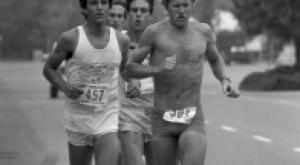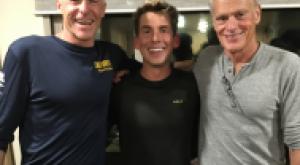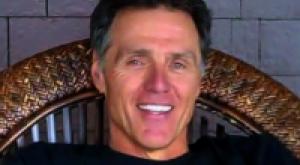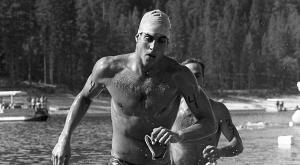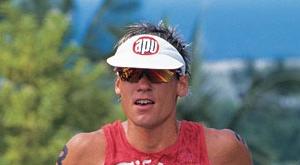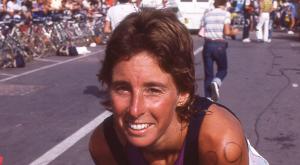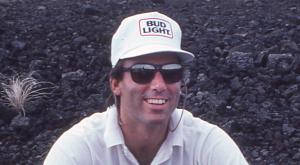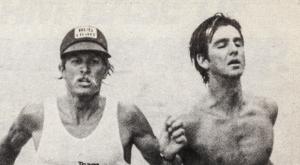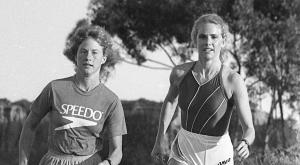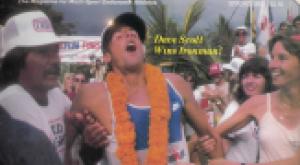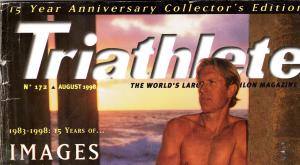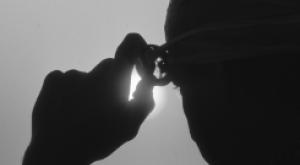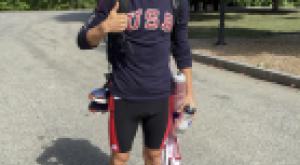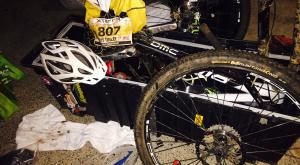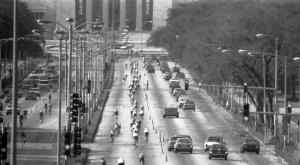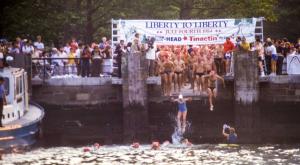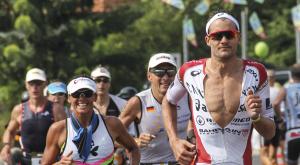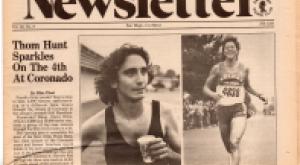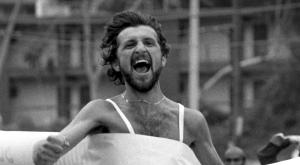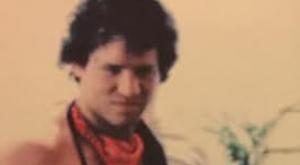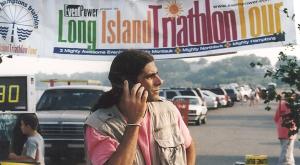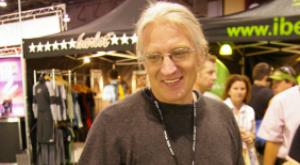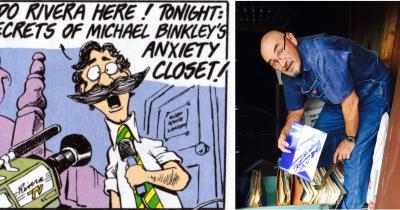If you were around and old enough in 1986 you might remember the much-hyped television special hosted by the mustachioed exploitation journalist Geraldo Rivera, “The Mystery of Al Capone’s Vaults”. The two-hour special was notable in two respects: it was watched by a gargantuan, pre-cable audience of 30 million viewers; and, despite the hype, and Rivera’s prediction of mummified bodies of murder victims and untold underworld wealth, the two vaults in the basement of Chicago’s Lexington Hotel were empty. “It seems… we struck out,” Rivera announced. The best he could offer was a few pieces of junk – an old stop sign and few broken bottles of what he said was gin.
A couple of months ago I found myself having dinner at the home of my old pal Jim Curl in Del Mar, Calif.
Jim is a USAT Triathlon Hall of Fame inductee, and one of the most creative minds to ever grace the sport of triathlon. It was Jim who first pitched the idea of the U.S. Triathlon Series (USTS) to Speedo USA VP Carl Thomas back in 1981. The guy all but invented the concept of multisport for the masses, with manageable distances, wave starts, color-coded swim caps, inner-city races and who knows what else.
Jim is a terrific cook. The food was great. But this was more than just dinner. Jim had purchased a small pry bar, and we had after-dinner plans to attack a four-drawer file cabinet in Jim’s storage area below the deck of the house. The keys to the cabinet had been lost long ago, and the thing had been just sitting there for years, locked and rusting, gathering dust and miscellaneous debris as untold generations of spiders were born, bred, lived and died within its otherwise inaccessible steel chambers.
Oh, the suspense.
Jim and I could both feel it: there was triathlon history lurking within those locked drawers: long-lost photo negatives, video tapes, ancient banners, the very first can of Bud Light, the keys to Jerry Dominelli’s private jet, notebooks full of Mark Allen’s prayers to the spirits of the Kona Coast, the millions of dollars Valerie Silk never made from the sale of the Ironman. No mummies, surely. (Although, to this day, the mythological Beast from the East of the early 1980’s has never been identified. Perhaps, just perhaps…)
Finally, our meal was done. It was time. We walked down a flight of stairs to the rear of the building and Jim unlocked the door to the storage area. The four drawers of the ancient tan file cabinet loomed. Was it my imagination, or did the pry bar begin to glow with a mysterious blue light? Or was it Jim’s bald head? In the distance, a hound howled mournfully. Spiders fled in all directions. Jim inserted the pry bar and strained for a moment. The locked released with a loud bang. I stood back to record the scene on my iPhone as Jim opened the top drawer.
It was empty.
Drawer number two was empty as well.
In drawers three and four lay several musty, lonely-looking, water-stained file folders and a pair of empty, pre-digital slide carousels.
“Seems we struck out,”Jim said. Or something to that effect. I chuckled, hiding my disappointment. Not a single mummy. Damn. The good news I guess was that 30 million people weren’t watching.
And what was in those few files we did find? Mostly just esoterica from CAT Sports, Jim and Carl’s production company. There was a media kit from the Japan Triathlon Series, an early USTS licensing deal, and arguably the first attempt to organize the sport outside of the U.S. Another folder held information about the short-lived Michelob Night Riders Series that was a key factor in the demise of both CAT Sports and the USTS.
The thickest folder was a collection of hand-written notes and typed proposals for a celebrity triathlon relay concept from 1985. A bunch of folks in the business around that time thought team relays were the next big thing in multisport. “Triathlon, as growing and exciting as it is, will always be limited in participation to those who can do all three sports and then have the time to practice them,” one proposal argued.
Relays represented a hedge on the future of triathlon that proved neither necessary nor compelling. But it sounded good at the time. CAT Sports fielded an all-star celebrity relay team at its national championship in 1986, and even the Ironman and Tri Fed USA (now USAT) got into the act. The short-lived “International Triathlon Team Cup” concept, contested only once, in 1985 (see PDF link below), offers a rare glimpse at an evolutionary dead end in triathlon history – a victim of the sport’s global success as a uniquely individual endeavor.
As for Jim’s old file cabinet, it’s still in storage, the drawers are back in place. The spiders are grateful.


